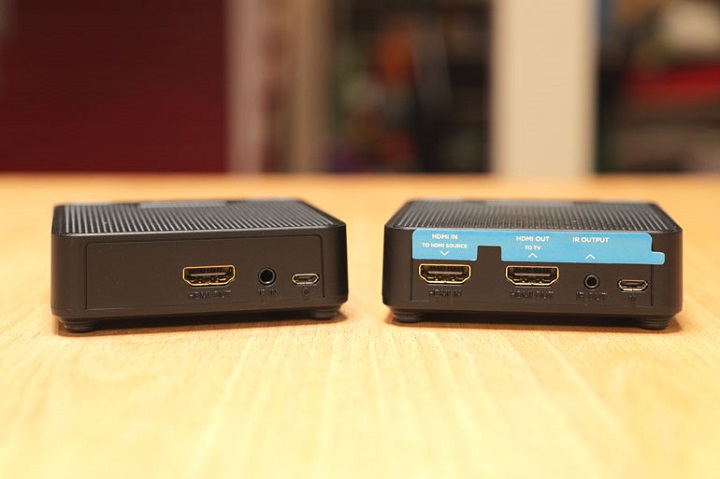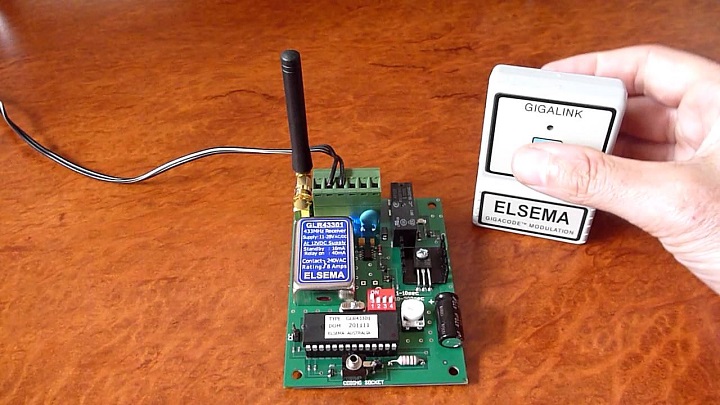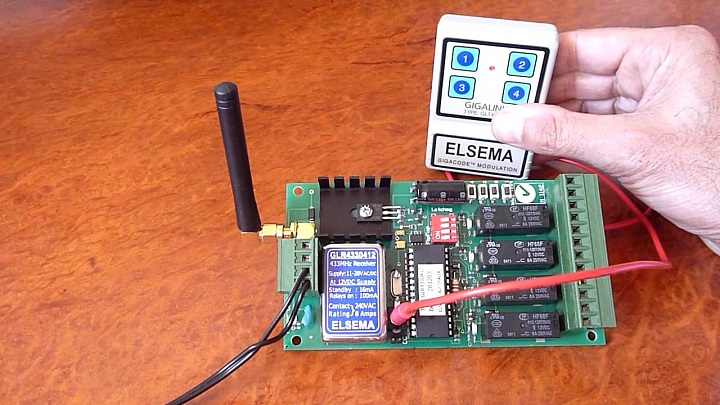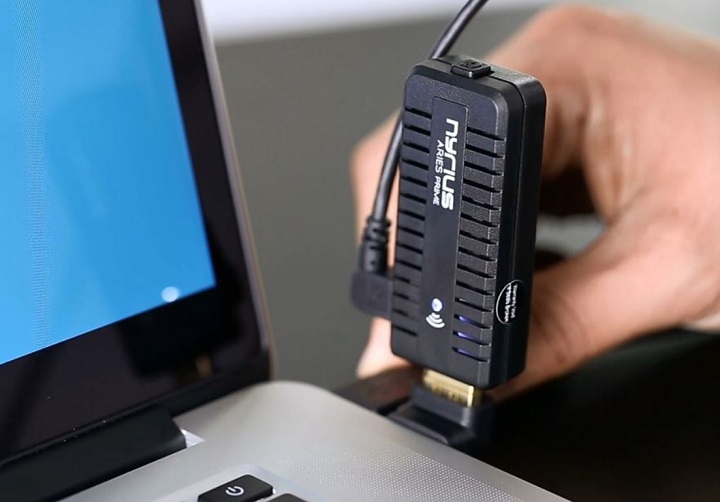For quite some time now, HDMI has been the standard interface for the transmission of both audio and video from one single source to another. A High Definition Multimedia Interface usually comes in the form of a cable that can connect a TV box to a TV unit, a projector or a computer monitor. Since its inception, the HDMI cable was made to replace its predecessor, the DVI (Digital Visual Interface) cable.
HDMI cables provide higher video and audio quality and thus, became the industry standard. They also come with several upgrades that allow different HDMI cables to be produced over the years, each supporting different resolutions and bandwidths. But as of lately, technological solutions have been getting rid of wires and cables, and now we have wireless HDMI transmitters.
Benefits of Wireless HDMI Transmitters

Location
The main goal of an HDMI video transmitter and receiver is to eliminate the limitations that HDMI cables create when it comes to the location of two different sources. A wireless HDMI transmitter can connect two devices anywhere in a certain range without the headache that comes from dealing with cables.
Ports
But what if you don’t have any ports left for an HDMI connection? Well, you don’t have to worry about that either, as with a wireless AV transmitter, you don’t need one. Thanks to a smart technological solution called DFS, HDMI transmitters are capable of picking the right channel to catch the low band frequency coming from your TV or laptop.
Aesthetics
With no cables around, there is no need for concealing any of them. You get nothing to trip from and nothing to hide, which means you get a more visually pleasing living space. Wireless HDMI transmitters will go well with the interior of your current living space.
How Does an HDMI Wireless Transmitter Work?

The HDMI transmitter starts the exchange of signals by sending a data signal stream from the source device to the receiver. Then, the receiver is able to connect to your TV or projector and it sends out the received signal data from the transmitter to the TV or projector. This range of signal exchange can be as far as 45m.
How Do I Connect my Wireless HDMI Transmitter?
Setting up a wireless HDMI transmitter is easy as all you need to do is plug it in the HDMI port of the source device and place the transmitter near it. The same needs to be done with the receiver for the device that you want to show the video and audio on. The audio and video transmitter and receiver will both detect each other once connected to their source devices. While the Wireless AV transmitter and receiver may need power cables, they won’t cause any clutter whatsoever.
Reasons Why Wireless HDMI Transmitters Aren’t an Industry Standard Option

Wireless HD (UltraGig)
As convenient and ideal wireless HDMI transmitters and receivers may sound they are not the best in what they do Wireless HD or also known as UltraGig standard is just one of the reasons why people haven’t fully accepted wireless HDMI connections. While this standard can run uncompressed HD video at 60GHz or higher, which allows for lag-free streaming and gaming is quite delicate. Wireless HD requires line of sight, meaning walls and furniture can easily disrupt the signal.
WHDI
The most common wireless HDMI solution is WHDI. WHDI operates on a 5GHz frequency. This is why it’s supported by most big electronics manufacturers, such as Sony, LG, Samsung, Motorola and others. WHDI has a 30-meter range with a latency that is less than a millisecond which makes it great for gaming. But since there is a lack of standardisation WHDI is not as commonly used as a wired HDMI connection.
WiGig (802.11ad)
The future of wireless HDMI and HDMI, in general, is WiGig, or the 802.11ad wireless standard. This standard relies on a 60GHz frequency which can deliver a speed up to 7Gbps to short distances. This makes WiGig great for streaming 4K videos with certified devices now being made since 2016. There is no standard in WiGig since it uses an already implemented wireless standard found in routers.
Conclusion

For someone that has been dealing with HDMI connectors all their life, it can be quite tricky to switch to wireless HDMI. There are plenty of options that you need to consider before you know which is the right one. But once you have the right wireless HDMI solution it’s fairly easy to use and implement in your gaming setup or home theatre. You won’t alter the design of your home no matter how far away the two devices you want to link up are just make sure the solution you go for has a wide enough range.